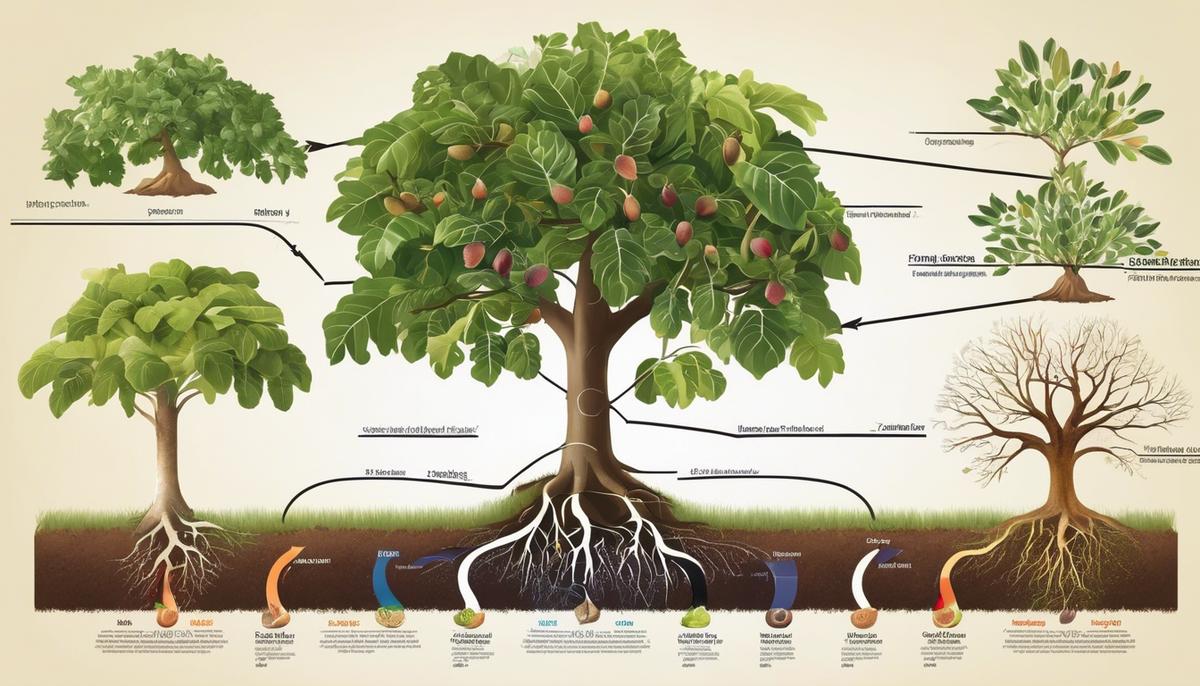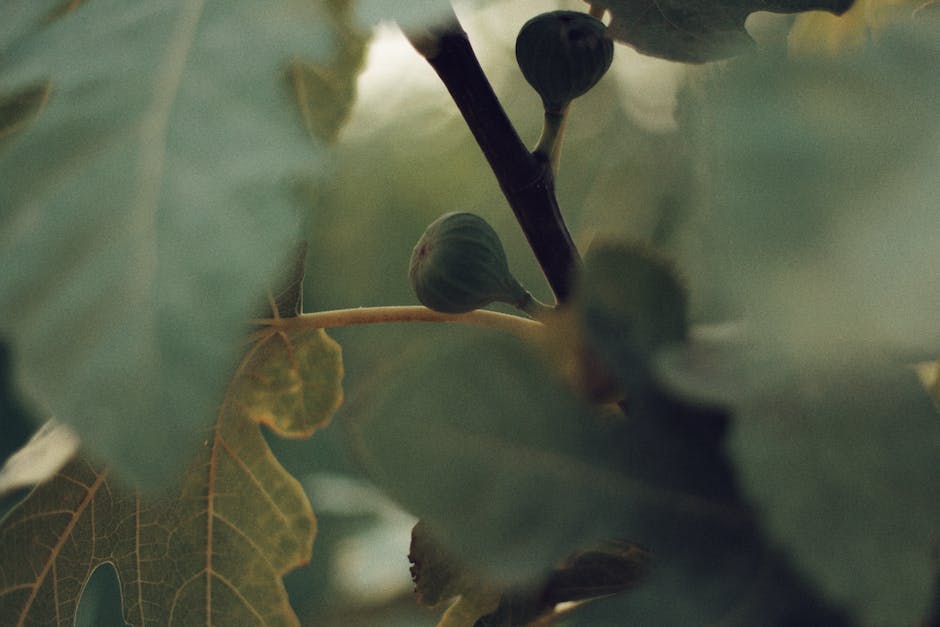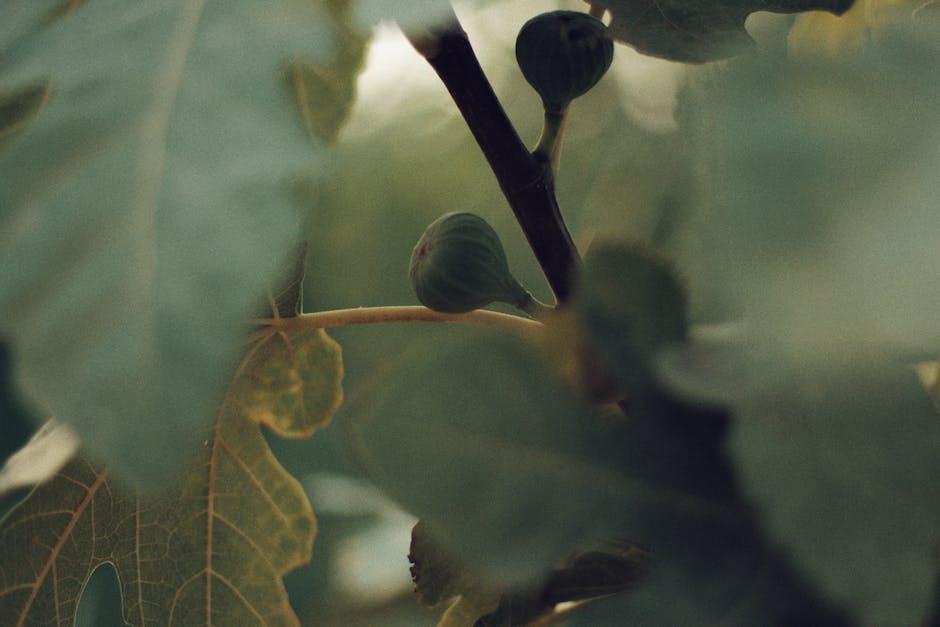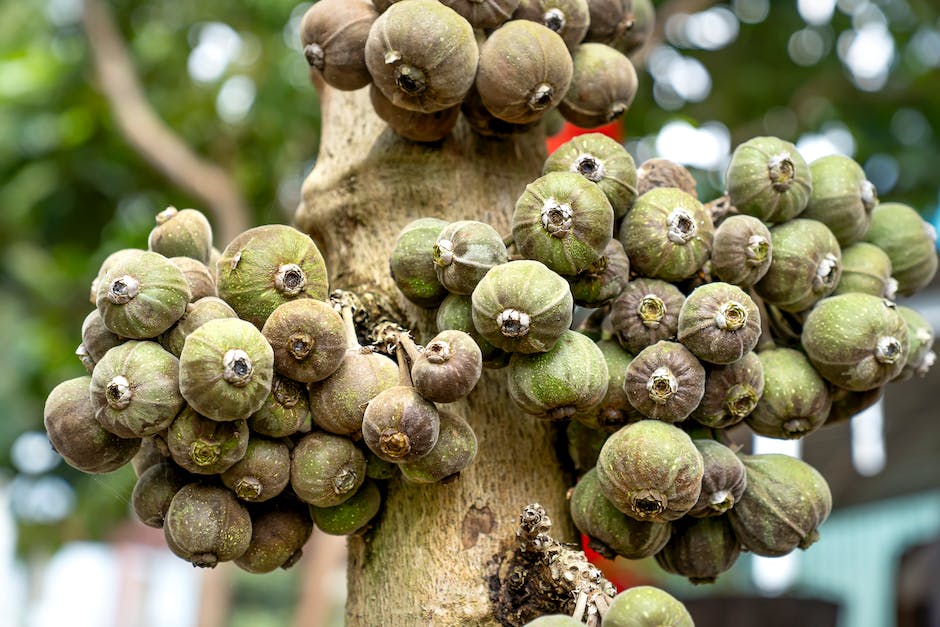Understanding When Your Fig Tree Bears Fruit

Fruit-bearing plants are often at the center of intrigue, and fig trees are symbolic of this fascination. They are well-renowned for their tasteful and nutritious fruit, but what does the process of a fig tree fruiting entail? Delving deeper into the lifecycle of a fig tree unveils the secrets of its germination, growth, and maturity phases, all of which play significant roles in fruit-bearing capacity. Moreover, it helps to understand the ideal conditions like sunlight exposure, temperature, watering needs, and pruning for the fruiting phase. Likewise, identifying the common problems inhibiting a fig tree from yielding fruit and figuring out the solutions is equally critical.
Fig Tree Lifecycle
The life of a fig tree (Ficus carica) is quite fascinating given its robust growth cycle, remarkable ability to self-pollinate, and the delightful bounty it brings out every year, without fail. Being a fig enthusiast, understanding the complete lifecycle of these trees is not just educational but also helps in perfecting one’s fig cultivating skills.
The growth and fruiting phase of a fig tree are largely influenced by its lifecycle, which typically revolves around four major stages: germination, seedling, maturation, and fruiting.
- Germination: The cycle kicks off with the germination of a fig tree’s tiny, hard seeds. If planted in well-drained soil with optimum temperature conditions, watered properly, and treated with due care, the seeds will sprout, revealing their first leaves, within 15 to 90 days.
- Seedling: Once sprouted, the fig tree enters the vigorous young sapling stage, displaying its characteristic lobed leaves. Although still tender and susceptible to weather and pests, this phase sees the dynamic growth of the sapling into a juvenile tree.
- Maturation: The fig tree’s next phase is maturation, a crucial stage that can last anywhere from 2 to 6 years. During this time, the fig tree’s trunk thickens, and its foliage expands, transforming it into a tall, leafy powerhouse capable of photosynthesis. The tree’s roots strengthen, digging deeper to access nutrients and water. Towards the end of this phase, the fig tree starts producing its first flowers, a clear sign that it is now ready to step into the next, exhilarating phase of its life journey – fruiting.
- Fruiting: With the budding of flowers, the fig tree embarks on its fruit-bearing mission. Intricately pollinated by the fig-wasp, these miniature flowers nestle inside tiny pods that gradually swell into ripe fig fruits, ready for harvest.
The unpredictable nature of these stages can sometimes raise questions about when fig trees bear fruit. On average, newly planted fig trees start with their yearly yield around the 2nd or 3rd year. But, remember to have patience, as it can take up to 5 or 6 years for a fig tree to fully mature and maximize its fruiting.
The quality and quantity of fig harvests are absolutely worth the wait! This whole lifecycle repetition every year is indeed a testament to the vigorous and hardy nature of fig trees.
It’s the lifecycle of the fig tree that governs when and how figs ripen, ensuring an abundant supply of this healthy, sweet fruit. So, whether you’re an avid fig tree grower or a fig enthusiast, understanding this lifecycle is essential to enhance your joy of fig cultivation and reap the most delicious rewards.

Conditions for Fig Tree Fruiting
Mastering the Art of Cultivation: Ensuring Your Fig Tree is Fruit-Bearing
In the world of fig cultivation, the line between an ordinary fig gardener and fig connoisseur is often determined by one’s understanding of the ins and outs of fig tree care. Perhaps you’ve already mastered the phases of a fig tree’s life cycle, from germination and seedling to maturation and fruiting. But then, a question arises – how does one create the ideal conditions for a fig tree to be at its fruit-bearing pinnacle?
Step one is investing in fertile soil, which is as vital to the quality and quantity of figs as it is to the overall health of the tree. The ideal soil has a slightly acidic to neutral pH between 6.0 and 7.0. Remember, fig trees are historically Mediterranean plants and love well-draining soils, known to prevent root rot and other fungal diseases. Adding organic matter like compost or well-rotted manure can also help improve soil texture and nutrient content.
Next, factoring in the right amount of sunlight is key. Fig trees have a flair for the dramatic, basking in at least six to eight hours of direct sun daily. Morning sun is particularly beneficial since it helps dry dew quickly, reducing possibilities of fungal infections. So, make sure that location is not an issue, the trees should ideally be planted in the warmest part of the garden.
Feeding your fig tree correctly could be a game-changer. Regular fertilizations using a balanced fertilizer should be carried out from late winter to early summer. Older trees might not need as much, but for young ones, a monthly application could be a stride towards a healthy harvest.
A rule of thumb is to keep fig trees well-watered during their growth spurts and throughout the fruiting phase. However, avoiding overwatering is crucial as it weakens the plant and reduces the quality of the figs. A tip to remember: if the leaves start turning yellow and falling, you might be overwatering.
Now, onto perhaps one of the most well-guarded secrets of fig cultivation – the pruning process. Fig trees tend to branch out and become bushy, but for a quality yield, a structure mimicking a goblet or vase shape is recommended. Pruning encourages air circulation, reduces disease incidence, and importantly, stimulates growth of new fruiting wood.
It’s also necessary to maintain an annual inspection for issues like fig rust, leaf blights, root-knot nematodes, and more. An untreated disease can compromise fruit production and even the tree’s life.
Cultivating fig trees can be a rewarding, spiritual, and fruitful endeavor (pun fully intended). As in any relationship, understanding the needs and desires of fig trees is the first step to making the bond fruitful – literally and metaphorically. Follow the principle, ‘give and take’, provide your fig tree with optimum care and wait for the harvest season to reap its delicious bounty.

Identifying Fig Tree Issues
Having gained a profound understanding of the fig tree’s lifecycle and basic care-taking, it’s crucial to delve into potential problems that can hinder the tree from delivering those luscious fig fruits, and address how to resolve them. This endeavor merges nature’s wisdom with human intervention to nurture and overcome challenges – an alluring dance that captures the essence of this fascinating hobby.
Firstly, it’s important to remember, fig trees have a stubborn personality – they won’t bear fruit until they’re good and ready. On average, a new plant needs two to six years to start fruiting. So, don’t fret if the fig tree isn’t producing in its younger years!
Understanding the fig tree’s idiosyncrasies doesn’t stop at recognizing its lifecycle or basic care methods. It includes acknowledging and dealing with issues such as fig fruit drop, fig rust, fig mosaic disease, and root-knot nematodes which can all prevent the fruition of the tree.
Beginning with fig fruit drop, it’s a phenomenon where a fig tree may drop fruit prematurely especially during the first few years due to stress caused by drought or excessive heat. Solution lies in providing your fig tree with ample water during dry, hot periods to keep it stress-free and protect young fruits.
Fig rust is a fungal disease that displays orange-spots on the leaves, which may cause severe defoliation and weaken the tree. Combat this issue by removing and discarding the infected leaves and applying a fungicide if required.
Another potential hitch is fig mosaic disease, a viral disease that causes distorted and mottled leaves, usually affecting the fruit yield. While there’s no cure, we can manage it by providing the tree with excellent care to boost its overall health and resilience.
Root-knot nematodes, microscopic worms, can stunt growth and decrease yield by causing galling on roots. An effective solution is to encourage beneficial nematodes that can naturally control their destructive counterparts.
Incidences of pests are another typical deterrent. The fig tree borer and the fig wasp can both negatively affect the fruiting of your tree. Implementing an organic pest management plan comprising use of organic insecticides can be extremely effective.
Lastly, always remember the secret weapon – patience! Bearing fruit is a process that requires time. While it may feel frustrating when problems arise, understanding these issues, implementing effective resolution strategies, and waiting it out can prove to be a rewarding strategy for any fig tree enthusiast, leading to the eventual bounty of a thriving fig harvest.

Fig trees, with their unique lifecycle and demanding care requirements, can become a source of fulfillment not only for their bountiful fruits but for the knowledge and understanding they foster. A deeper comprehension of each growth stage, ideal care conditions, and problem-solving measures can make the difference between a barren tree and a fig tree laden with delightful fruits. Keeping these factors in mind, any individual can harness the remarkable ability of a fig tree to bear fruit and transform it from a mere plant into a fruiting marvel. Take into account the advice and information provided, and you will find that the journey from planting a fig tree to watching it fruit can be a rewarding experience.



